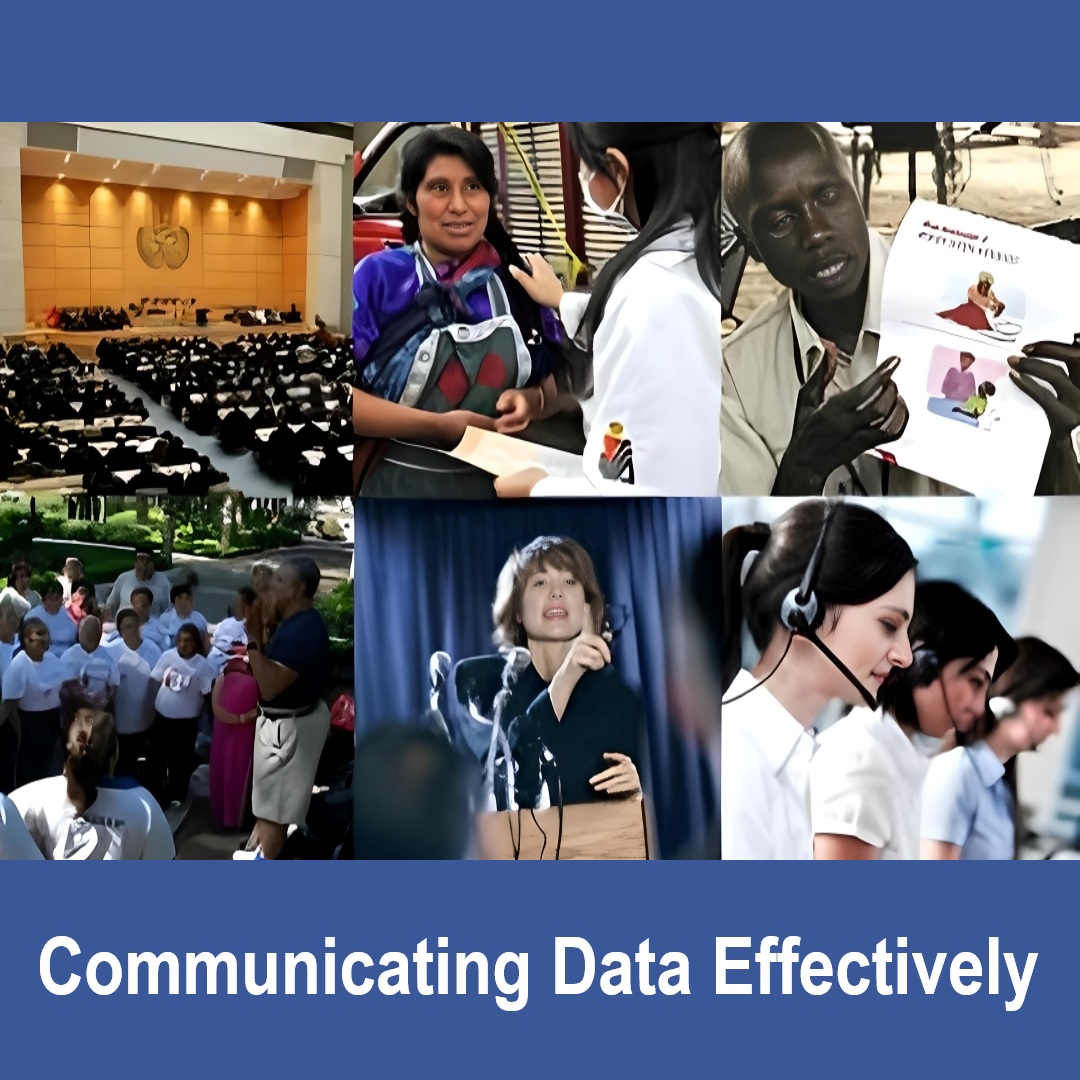Communicating Data Effectively (Open Educational Resource)

This course has ended. It was offered from February 2020 to March 2020. Here you can access the different knowledge resources (bibliography, readings, videos, guides, etc.), used during the course.
The communication spaces, exchange forums, and some activities/materials have been hidden because they were for exclusive use of the course participants.
No certificates will be issued for visiting these materials.
These are materials developed for teaching purposes in the context of the VCPH.
Please note that some materials may not be updated or there might be more recent versions, and the ones that are included here are only an archive of Campus resources.
PURPOSE:
This course builds on the basic concepts of communication, outlined briefly in the SUR1: Introduction to Surveillance course. Learning materials focus on the central elements of communication, the ethical principles and approaches in relation to it and offer suggestions for communicating surveillance data effectively – one of the essential steps of the surveillance cycle. Learners will explore a range of communication strategies and ways of working that will ensure your data triggers appropriate action and impact.
OBJECTIVES:
Upon completion of this course, learners will be able to:
- Identify the central elements of communication and their use in public health;
- Understand the important considerations when communicating risk to the public;
- Identify an ethical approach to the release or communication of sensitive health data;
- Identify key factors for communicating public health data in a manner that will be understood by the audience;
- Describe the general components of a scientific article or report;
- Discuss the role of a health professional when working with mass media;
- Identify main considerations for writing press releases;
- Choose appropriate uses for figures when presenting public health related data;
- Analyze the need for using a table as a preferred figure when presenting public health data;
- Understand appropriate uses for graphs when presenting public health data;
- Identify when appropriate to use maps for presenting public health data.
TOPICS:
- Lesson 1: Overview of Communication
- Lesson 2: Communicating Health Data Clearly
- Lesson 3: Introduction to Data Presentation - Scientific Articles and Reports
- Lesson 4: Introduction to Data Presentation - Using Figures
- Lesson 5: Guidelines for Tables as Figures
- Lesson 6: Guidelines for Graphs and Maps as Figures
TARGET AUDIENCE:
Public health practitioners in the English-speaking Caribbean, including public health nurses, environmental public health professionals, health promoters, program managers, dental health practitioners, dietitians, policy analysts, public health veterinarians and other public health practitioners.
-----
By visiting the Virtual Campus, you can get information of call for applications for new courses.
The Virtual Campus also offers free Self-learning courses that you can complete at your own pace.
Follow us on Facebook: www.facebook.com/campusvirtualsp and Twitter: @campusvirtualsp
